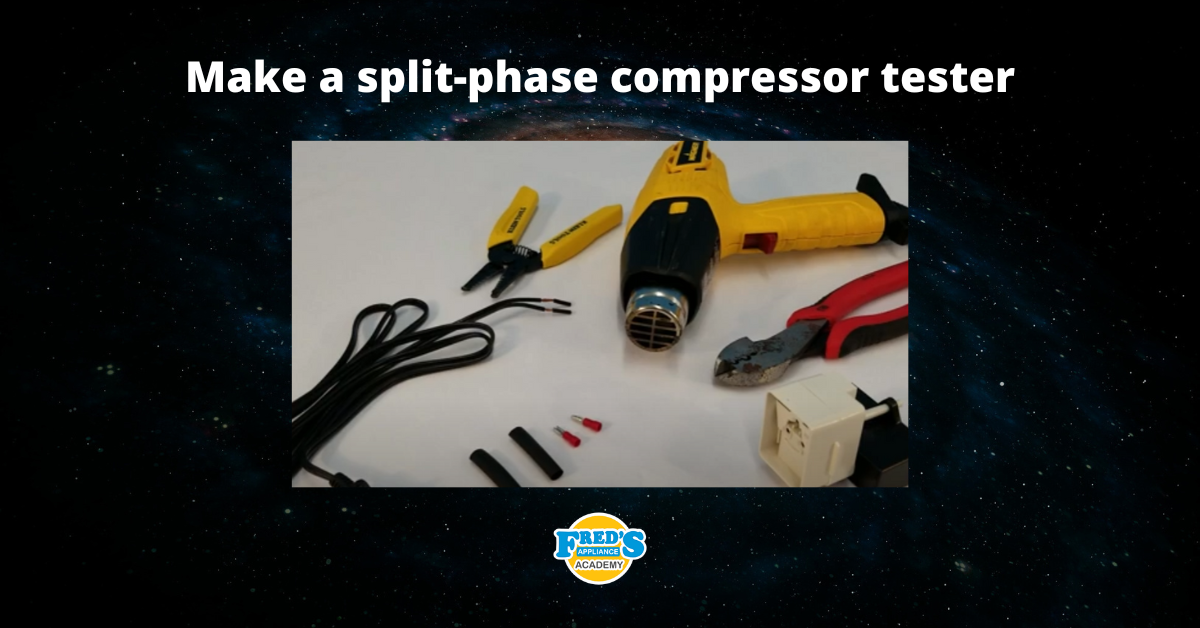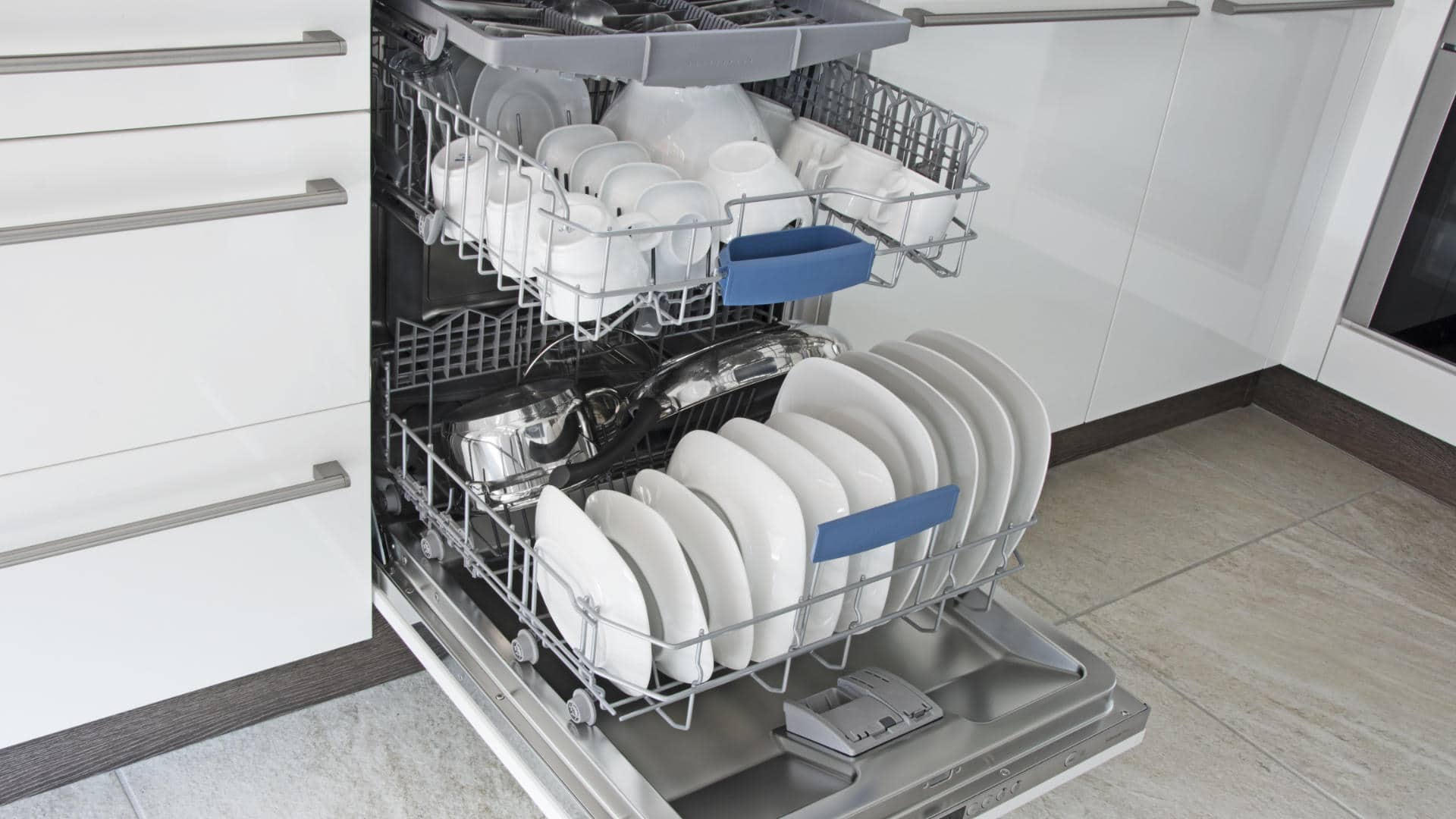
When properly functioning and using a heated dry cycle, your dishes should come out of the dishwasher spotless and dry enough to put away. However, if recently they have started coming out covered in puddles and water droplets, it is time to troubleshoot because your dishwasher is having a problem. If you are wondering why your dishes are suddenly coming out wet, here are some common causes to check.
Your Dishwasher is Out of Rinse Aid
As this is both the most common cause for this issue as well as the easiest to fix, it is best to check it first. Rinse aid is a solution that is added with the rinse water. It helps the water slide off more easily from your dishes. This means when the dry cycle does kick on, there is already less water droplets on the dishes. This allows dishes to dry faster and is often responsible for less water spots. However, if it has been awhile since you ran a load of dishes without rinse aid, you may forget just how helpful it is. Without rinse aid, you may find that your heated dry cycle just isn’t enough in order to remove all the moisture.
Of course, if you can’t remember the last time you put rinse aid in, or have never used it, this isn’t applicable. It means you will want to move on to the other causes.
Dishwasher is Too Loaded
Everyone knows that loading the dishwasher is a real life application of your old Tetris skills. However, it is possible to wedge too much into every nook and cranny. A dishwasher that is too loaded, where items are often almost on top of each other, means that the water cannot properly drip away and the heated dry will be less effective. It also merits mentioning that your dishes won’t be completely clean either. Sometimes doing two loads of dishes is the option to take if you want clean dishes that you don’t need to dry off with a towel.
Heated Dry is Malfunctioning
While the dry cycle in your dishwasher may just be called “heated dry,” the same function has different names. You may have a “sanitize” function in which high heat kills germs as well as dries dishes or it could be a “night dry” mode in which the heat kicks on to dry away lingering condensation periodically. Regardless of which you use to get dry, clean dishes, it will all require a working heating element in your dishwasher. This heating element, also used to heat the water to the proper temperature, creates heat to dry your dishes. If it is not functioning, your dishes will come out wet. Furthermore, because it is not heating water, your dishes will likely come out dirtier than normal as well.
A pretty solid indicator that this is the cause is to open your dishwasher immediately after the dry cycle finishes. Your dishes should be warm to the touch. If they are cold and wet, then your heating element has failed. Luckily, as far as replacements go, the heating element is very simple to do.
Faulty Vent Motor or Fan
If your dishes are warm after the dry cycle, you may instead want to look towards the vent and motor in the door of your dishwasher. This takes that hot, moist air that is being heated and a fan and motor pushes it out a vent. If the fan or the motor that turns it has failed, the moist air will still vent, but it won’t vent as efficiently. As such, this can result in the moist air being trapped inside and settling back on the dishes.
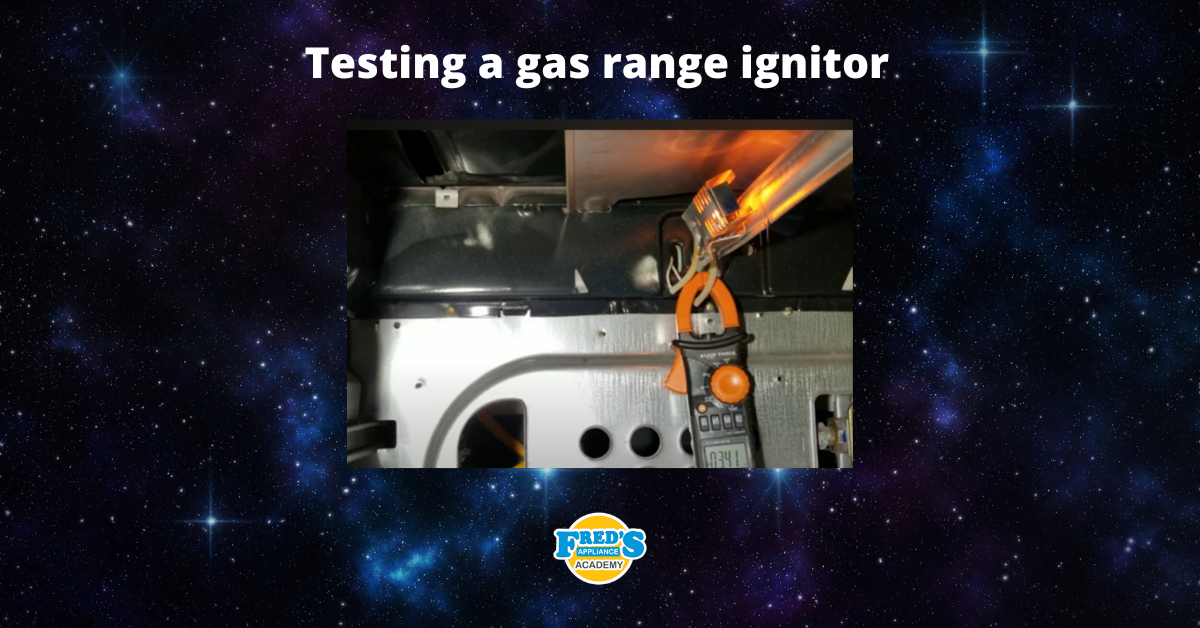
How to test a gas range ignitor

Congrats to our graduating March 2024 class
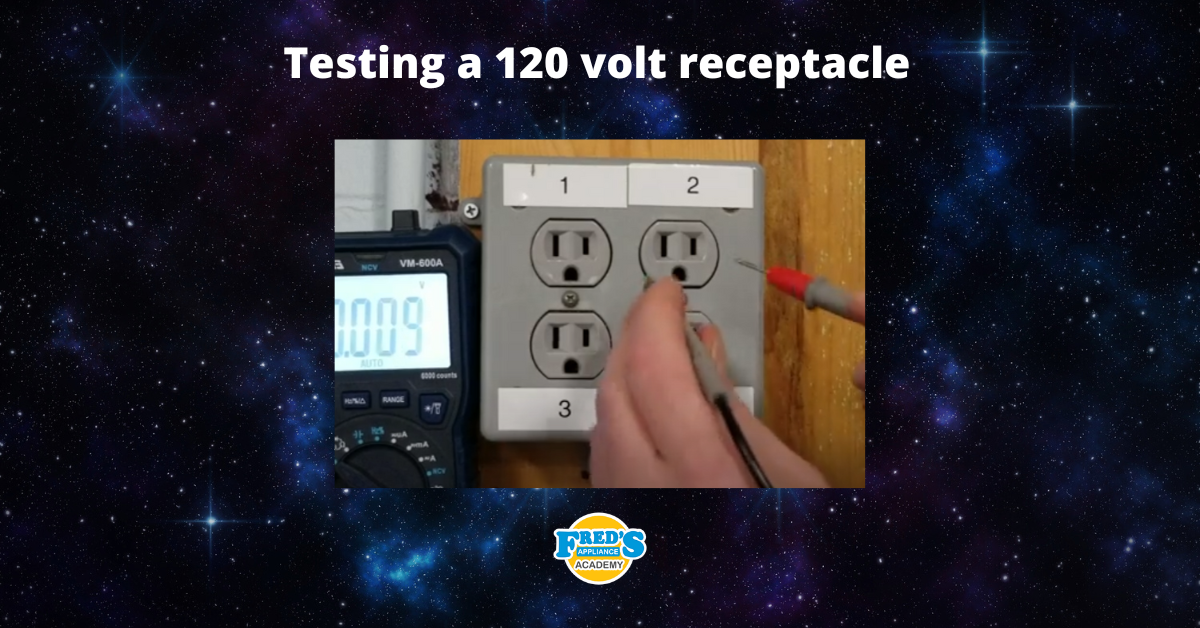
How to test a 120 volt receptacle

Congrats to our graduating February 2024 class
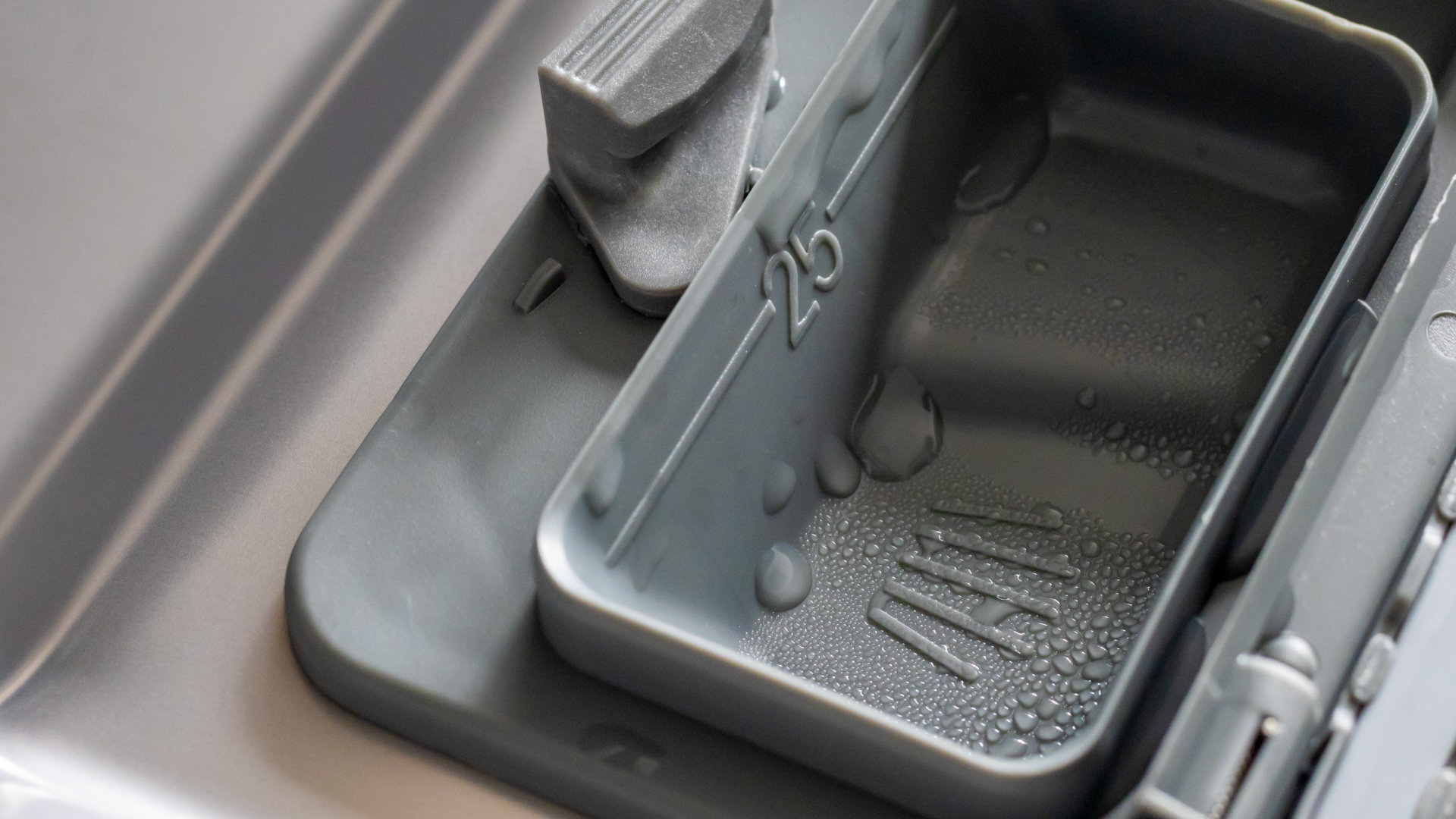
Why Is Your Dishwasher Soap Not Dissolving? (5 Easy Fixes)
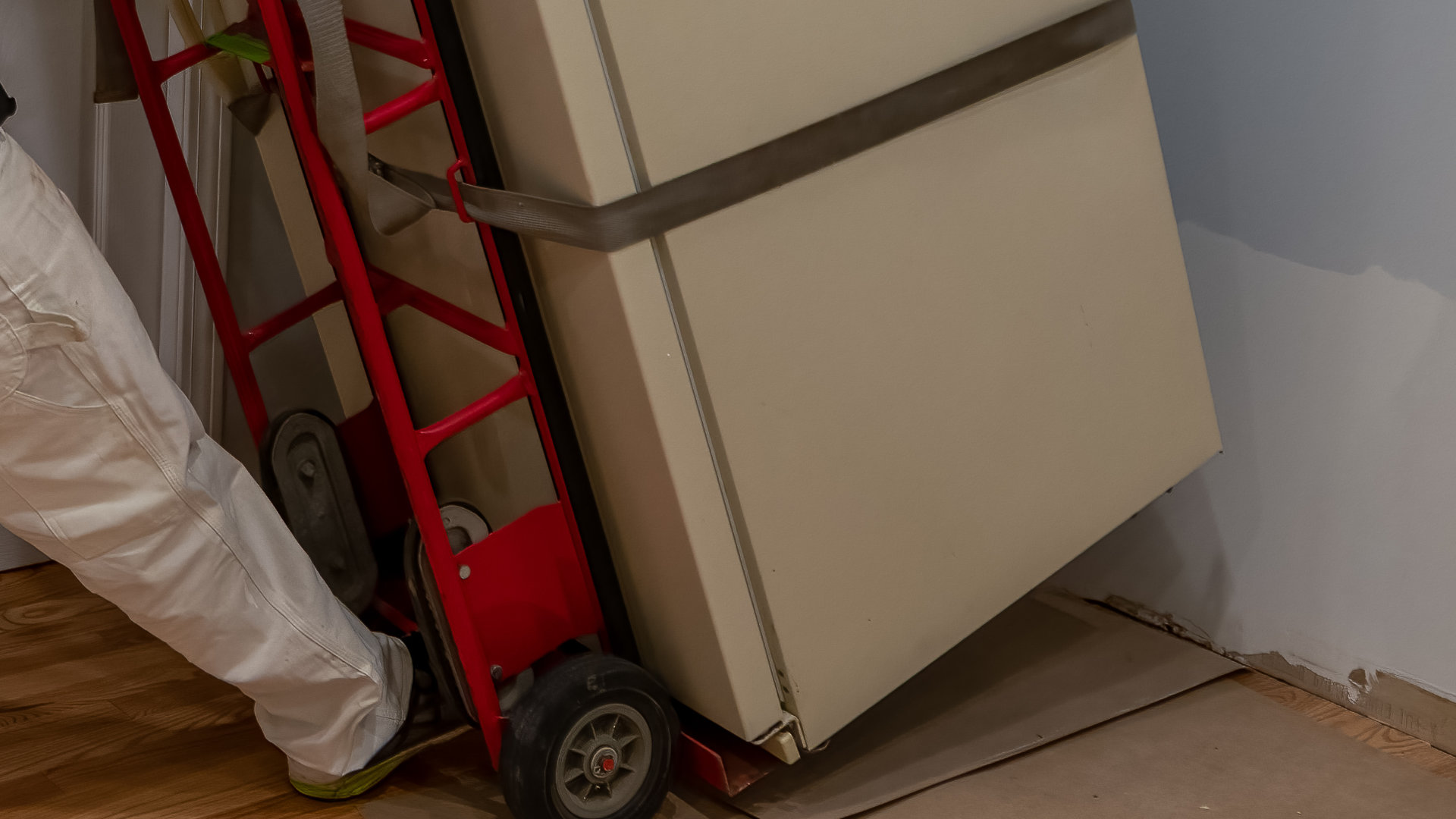
Refrigerator Dripping Water Inside? 5 Quick Fixes

Appliance Industry 2023 Q4 Results

Congrats to our graduating January 2024 class
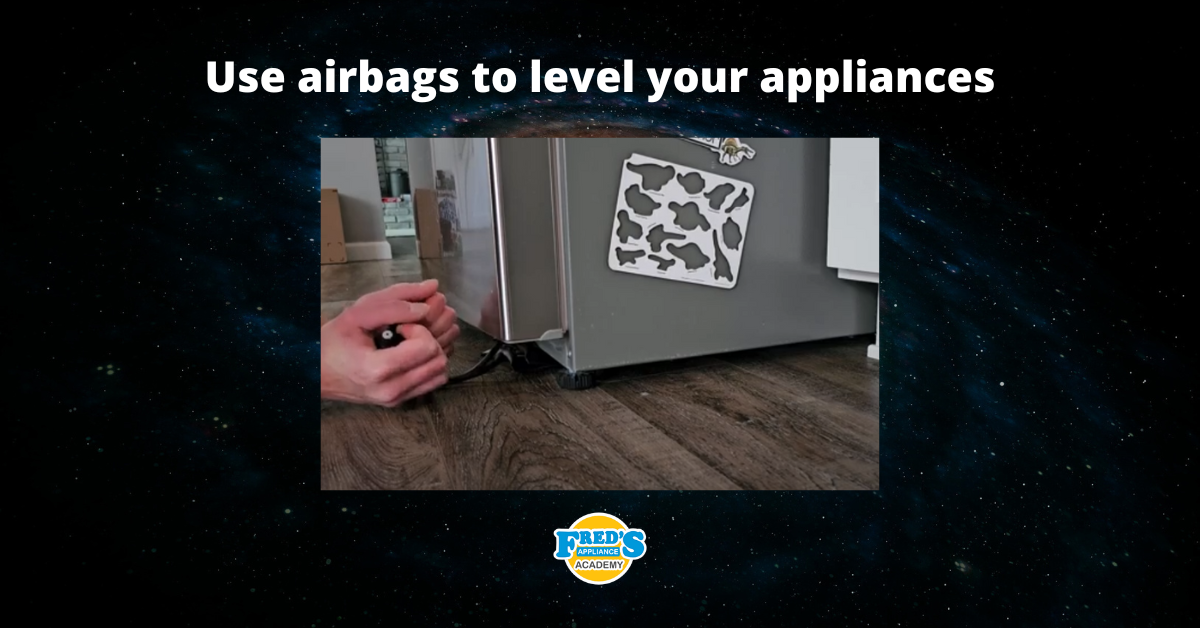
Clever ways to use airbags to level your appliances
